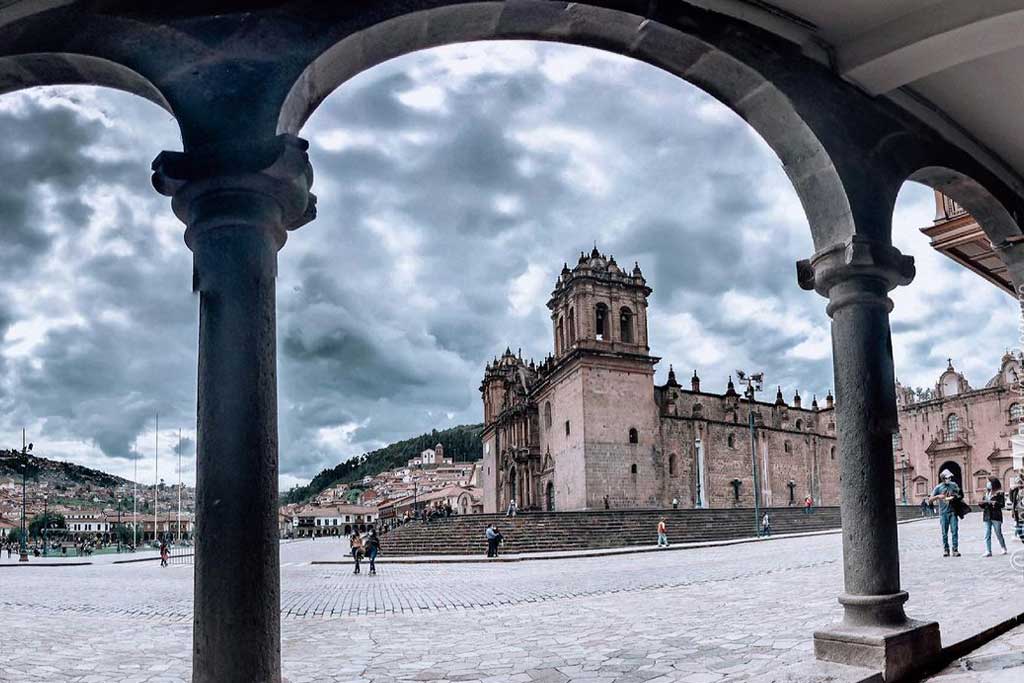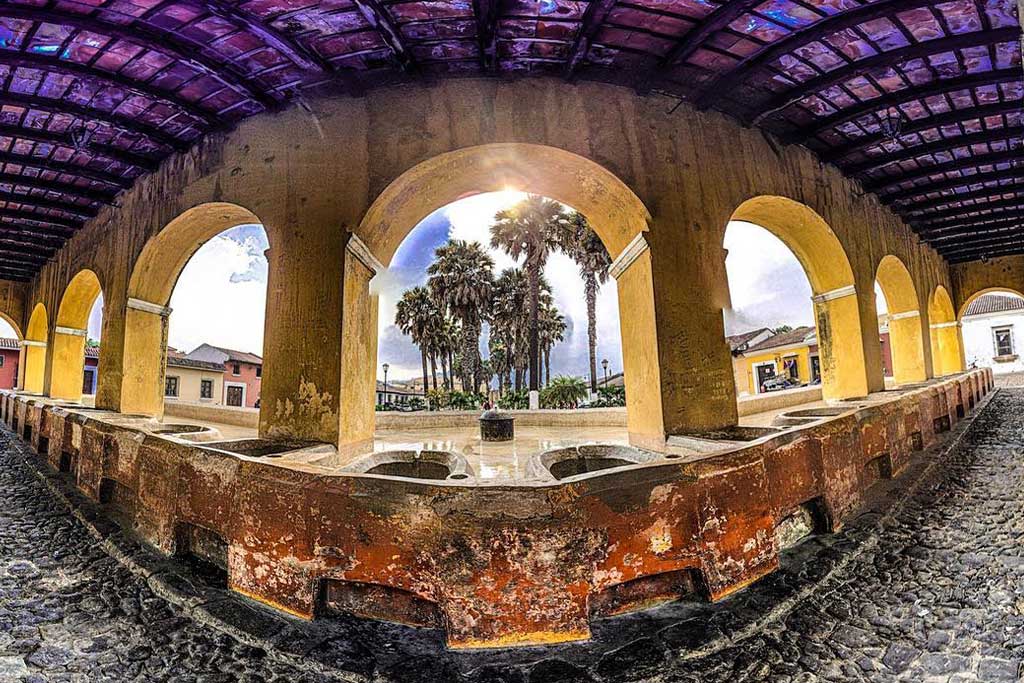Language is a big part of our stories. It’s deeply intertwined with cultural identity, and it carries a complex history that precedes us. It’s also a vital tool. Language is the medium of almost all communication. And our ability to communicate expands when we learn a second or third language.
When you learn Spanish, you open a lot of doors. It’s the official language of 20 countries. And that’s before considering Puerto Rico and the substantial number of Spanish speakers residing elsewhere. But this doesn’t mean that all Spanish sounds the same. Try putting a Spaniard and a Chilean in the same room!
Because language is dynamic, learning a foreign language may start to feel less straightforward once you’ve stepped beyond basic grammar. Accents, slang, cultural and geographical influences—there are so many factors that breed regional differences! And this, of course, is not specific to learning Spanish.

I grew up in Southern California, branding me with what friends have referred to as a “TV accent.” While studying in the UK, I often felt that my Welsh and Scottish lecturers might as well have been from different planets. As it turns out, where you learn affects what you’re learning.
So, if you’re interested in Spanish immersion abroad, it’s worth considering where. Luckily, none of Maximo Nivel’s institutes are located in countries with infamously difficult dialects. Costa Rica, Peru, and Guatemala are all excellent places to study “neutral” Spanish. But for the linguaphiles among us, it’s still interesting to consider regional differences.
Spanish of Costa Rica
Costa Rica is a popular destination for language tourism. Because the country is already well known for its stunning coastline and various forest biomes, costarricenses don’t really need any help attracting tourists. However, it’s also an optimal setting to test drive your Spanish.
The Costa Rican accent isn’t daunting, and if you’re like me, you can breathe a quick sigh of relief because the trill of their hard rr sound isn’t too pronounced. While your high school textbook probably referred to people from this part of the world as costarricenses, Costa Ricans more commonly refer to them as ticos.

This national nickname comes from the tico tendency to add -ico rather than -ito to the end of words as an expression of endearment or to indicate that they are small. For example, your host mom might ask if you care for un poquitico more coffee rather than the already diminutive un poquito.
But don’t be fooled by the warm candor of their suffixes. It is more common in Costa Rica to use the formal usted form when speaking in the second person than its cool younger sibling vos. So, if you’re not sure whether or not to address someone formally, err on the side of caution. This doesn’t mean, however, that your tico friends won’t be laid back.
Pura Vida is the idiomatic expression that Costa Rica is most famous for. Literally translating to “pure life,” it’s both a common phrase and a way of life. You might hear it as a greeting, a farewell or something in between. But while an accurate translation might be hard to pin down, the essence is simple—enjoy the ride!
Spanish of Peru
Heading to the heart of South America, Peru is another excellent place to immerse yourself in the local language. Unlike the dialects in nearby destinations like Chile and Argentina, Peruvian Spanish doesn’t feel too far removed from what you’ve likely been practicing at home.
And though delivery depends on the individual, Peruvian Spanish isn’t usually spoken very fast. However, as with anywhere, there will be a few regionalisms. The first signs of difference may befall you at the market. When you volunteered to make guacamole for the party, perhaps you didn’t know to ask for not aguacate but palta.

Looking for an immune boost? Ginger, more widely called jengibre, will be hiding under the alias kión. And this is before considering the names of Peruvian dishes like lomo saltado, which resembles a beef stir-fry. Or ají de gallina: tender chicken breast in rich ají pepper sauce, usually served with rice.
Most peruanismos, or slang particular to Peru, comes down to regional vocabulary words or turns of phrase rather than large differences in syntax or grammar. People, for example, are sometimes described as asado. Not to be confused with the carne asada tacos you had for lunch; this doesn’t mean they’re literally sizzling—just very angry.
Or maybe your new boyfriend has been calling you his costilla instead of his novia. Though this might seem alarming after he orders the ribs on date night, don’t worry. You don’t look like a juicy rack of ribs. It’s just a Biblical allusion. God is said to have created Eve from Adam’s rib. But let’s not read into that too much!
Spanish of Guatemala
As the most populous country in Central America, Guatemala is another prime location to practice your Spanish. Guatemalan Spanish is accessible because the accent is relatively neutral. So, grab your pisto (cash) and pack your chivas (stuff) if you want to step off the page and into this Central American hub!
Because chévere is slang for awesome or cool in much of the Spanish speaking world, I was surprised to see street vendors selling chéveres when I first moved to Antigua. As a remnant of apparently very effective branding, this term has come to refer to simple street hot dogs topped with shredded cabbage and a variety of sauces.

If something truly is awesome, however, you may hear the regional term chilero. And similar to Costa Rican ticos, guatemaltecos are more commonly referred to as chapines amongst themselves. A typical chapín breakfast, for example, might include eggs, black beans, tortillas, fried plantains and chirmol (tomato salsa).
Anywhere you go, you’ll encounter new colloquialisms. But no matter what country you choose, don’t let regional dialects intimidate you. Small differences are part of what makes language learning in context more engaging and authentic. So, if you’re studying Spanish, start researching immersion abroad and let language come to life!
